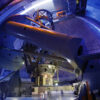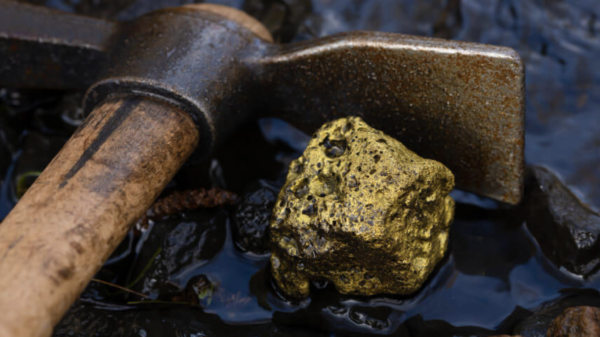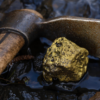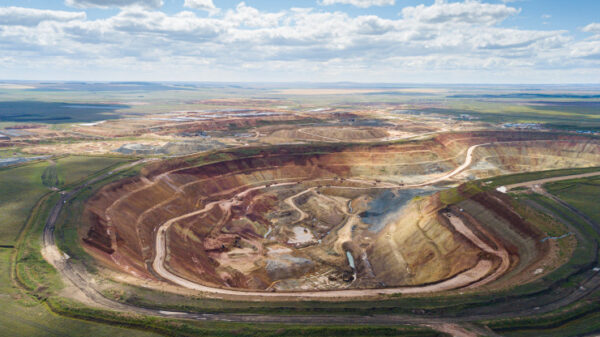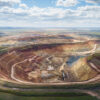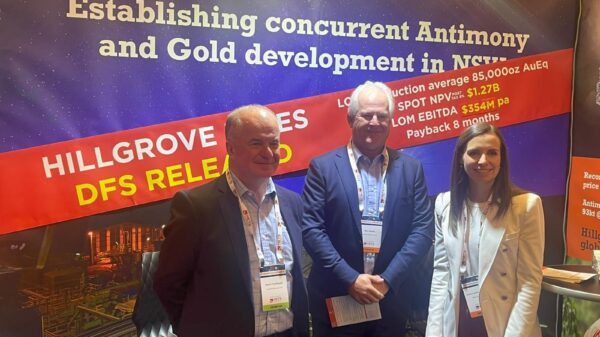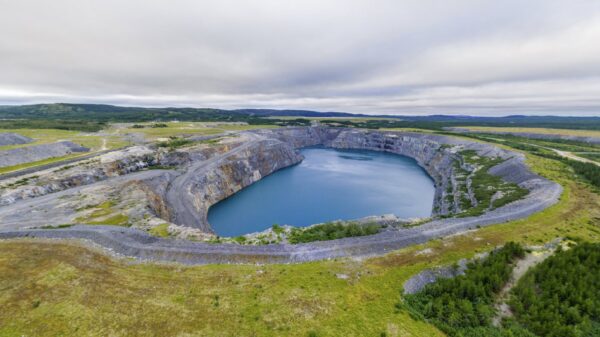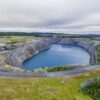Lumina Gold (TSXV: LUM) (OTCQX: LMGDF) announced positive results today from its ongoing metallurgical test work on its 2023 pre-feasibility study (PFS) for its Congrejos Copper-Gold Project planned for Q2 2023.
The company has made some headway on the preparation for its prefeasibility study. Lumina completed its mineral resource estimation for the Cangrejos and Gran Bestia deposits. Also, it’s produced a revised mine plan incorporating only indicated mineral resources for potential conversion to mineral reserves.
Additionally, it’s finished its process flowsheet design, produced major mechanical and equipment quotes and finished its dry stack tailing design. Furthermore, it’s finished its finished various studies, including its facility siting studies, power supply study and port materials handling study.
“The metallurgical testwork program is near completion and shows improved gold recoveries over the 2020 PEA; recoveries for copper and silver are pending,” said Marshall Koval, president and CEO.
The overall flowsheet displays flotation combined with cyanidation of the flotation cleaner scavenger tails and concentrate from the flotation of coarse particles from rough tailings. Lumina will also use gravity concentration in the flowsheet for recovering coarse gold.
Read more: Calibre Mining finds robust drill results from Golden Eagle project
Read more: Calibre Mining 2022 operating results show year round gold production of 222K ounces
Lumina Gold metallurgy nears completion
Lumina constructed the 2022 master composite with fresh rock material from both deposits over the projected mine life. They returned assays of 0.50 g/t gold, 1 g/t silver, 0.087 per cent copper, 24 parts per million molybdenum, and 0.33 per cent sulphur.
Lumina Gold anticipates the life of mine plat feed grade to be 0.55 g/t gold and 0.1 per cent copper. These numbers are slightly over the 2022 master composite.
The company subjected the 2022 master composite to comminution testing, whole-ore cyanidation, gravity concentration, bulk rougher and concentrate cleaner flotation, copper-molybdenum separation flotation, and sand flotation. Also, Lumina’s cyanidation of scavenger cleaner tails and sand concentrates testing is ongoing. Variability composite testing is also in progress. The company completed whole rock cyanidation tests earlier.
Whole-ore flotation testing returned gold, copper and silver recoveries into rougher flotation concentrates of 81 per cent, 88 per cent and 68 per cent. Sand concentrate flotation from rougher tails recovered an extra 4 per cent of the gold for a combined recovery in rougher flotation of 85 per cent.
The company anticipates the gold recovery into concentrates and doré to be 84 per cent after cyanidation of the scavenger cleaner tails and sad concentrates.
Read more: Calibre Mining offers a ‘very attractive’ value-risk proposition: Haywood Securities
Read more: Calibre Mining Pan Mine assays show strong potential for Coyote mine target
Flotation testing produces strong returns
Cleaned copper-gold flotation concentrates returned assays of 15 per cent copper, 70 g/t gold and 101 g/t silver. This was compared to the average concentrate grade in the 2020 PEA of 17% copper, 75 g/t gold and 72 g/t silver.
Cleaner flotation testing suggests regrinding to 20 microns instead of 38 microns suggested in the 2020 PEA. This will achieve the 15 per cent copper concentrate grade. Lock-cycle rougher and cleaner flotation testing is in progress.
Copper-molybdenum separation flotation testing on copper-gold flotation concentrates returned a potentially saleable molybdenum concentrate. It assayed 48 per cent molybdenum while recovering approximately 50 per cent of the molybdenum. The company, however, determined that producing a molybdenum concentrate is not presently economically viable.
Whole-ore gravity concentration tests on the 2022 master composite average gold and silver recoveries at 29 per cent and 5 per cent into concentrates that weigh 0.26 per cent of the feed weight and assay 60 g/t gold and 18 g/t silver.
Lumina decided against using whole ore cyanidation to process the mineralization to make a doré. A study determined it wouldn’t be economically worthwhile.
Cyanidation tests on all composites show average gold and silver recoveries of 89 per cent and 34 per cent respectively. These are similar to historic test results.
Comminution tests on the master composite show the mineralized results have average Bond Ball mill work Index values of 16 kilowatt hours per minute. This helps classify the material as medium-hard to hard, which is close to historic test results.
Follow Joseph Morton on Twitter
joseph@mugglehead.com






